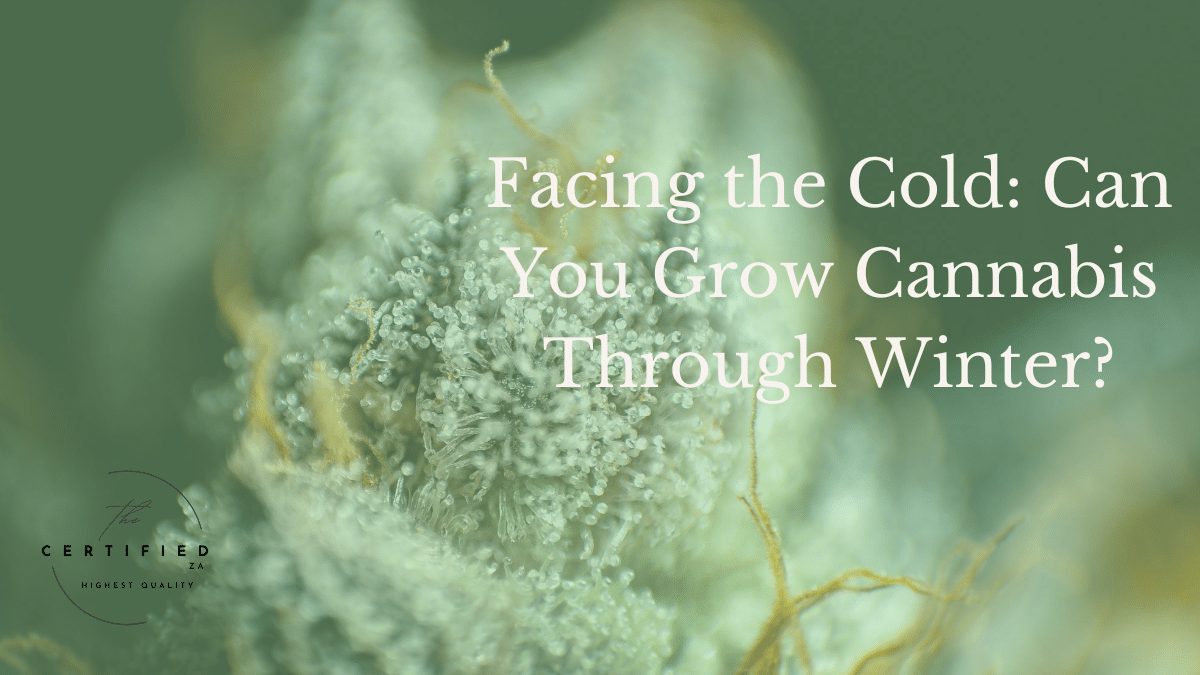
The harvest is in, the trim scissors are (momentarily) at rest, and as the days grow shorter and colder, many growers find themselves contemplating the next cycle. Could this winter be the time to keep the cultivation going? Is growing cannabis possible when the temperatures drop and the sunlight dwindles?
Growing cannabis in cold weather certainly presents unique challenges compared to the warm, sunny months. However, with the right knowledge, preparation, and a bit of ingenuity, it is absolutely possible to achieve a successful winter grow. This post will explore how cold affects your plants, what you need to consider before committing to a winter cycle, and how to maximise your chances of success.

Cannabis and the Cold: What Happens When Temperatures Drop?
Cannabis, a plant that thrives in warmer climates, reacts significantly when exposed to cold. It’s not built for freezing temperatures, and prolonged or intense cold can stress and damage your plants in several ways:
- Slowed Metabolism and Growth: Just like many biological processes, the plant’s metabolic rate slows down in cold. This leads to significantly slower growth and overall poorer plant development, impacting everything from vegetative growth to flower formation.
- Reduced Photosynthesis: Cooler temperatures reduce the plant’s ability to photosynthesise efficiently. With less energy production, the plant struggles to develop properly and produce robust flowers.
- Water and Nutrient Uptake Issues: Cold soil can make it difficult for roots to absorb water and nutrients. This can lead to nutrient deficiencies, even if the nutrients are present in the soil, as the plant can’t access them effectively.
- Increased Stress and Vulnerability: Cold itself is a major stressor. Stressed plants are generally weaker and more susceptible to other problems, particularly diseases and pests.
- Risk of Mould and Disease: Cold and wet conditions, often associated with winter, create an ideal environment for fungi and other pathogens. This significantly increases the risk of root rot, powdery mildew, and other devastating diseases.
- Impact on Cannabinoids and Terpenes: While some studies suggest cold can influence the plant’s chemical composition, potentially leading to the formation of unique terpenes and cannabinoids, others indicate that significant cold stress or cold acclimation periods might actually decrease total cannabinoid content and overall yield. The relationship is complex, but it’s clear cold can alter the final product’s profile.
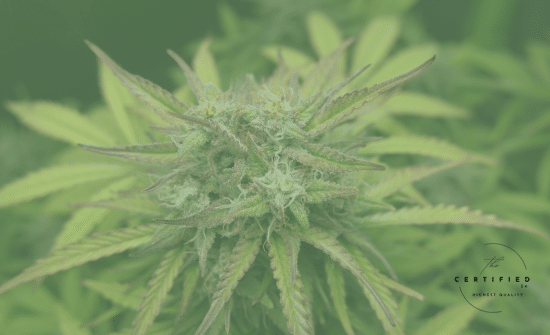
Winter Growing: Outdoors vs. Indoors
Given the adverse conditions, the first major decision is where to grow.
Growing Outdoors in Winter:
In most parts of South Africa, you can attempt a winter grow. Some areas will be wetter, like the Western Cape, with less sun exposure, while in regions with true freezing winters like the Free State, cultivating cannabis outdoors without significant environmental control is incredibly difficult, if not impossible, for most varieties. So, depending nowhere you live straight away this will or won’t be an option for you outdoors. While outdoor growing during warmer months offers advantages like ample natural sunlight and space, the disadvantages in winter are often overwhelming:
- Unpredictable Temperatures: Freezing or chilly nights and fluctuating temperatures are major hurdles, potentially causing severe plant damage or death. Growers will have to put in the effort of moving plants to more favourable areas in the evening times too.
- Limited Sunlight: Short days and often cloudy conditions mean significantly less natural light, requiring supplemental lighting or resulting in stunted growth and low yields. Without supplementary light, most winter crops will give very weak plants, as the sunlight might not be intense enough. In places like Limpopo and the Karoo, Sunlight in winter is not a problem really.
- Increased Vulnerability: The cold weakens plants, making them easier targets for opportunistic pests and diseases that might survive the cold. For those who are serious about a winter grow, they will be supplementing plants with various nutrients and minerals to help with these vulnerabilities. Grower knowledge is key here.
- Restricted Growth Cycle: The natural season is cut short, limiting the plant’s time to grow and flower. This is normal and should be accepted for the winter months, unless you have a commercial setup. Grow 3 plants extra to supplement your needs than expect more from the winter crop.
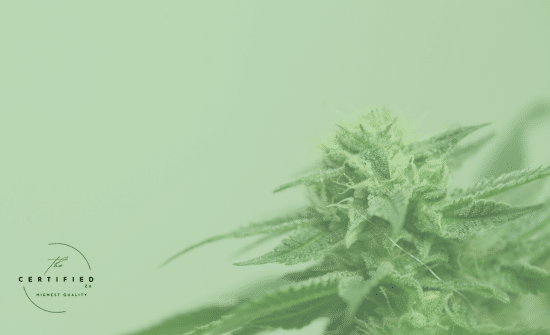
Growing Indoors in Winter:
For most growers in colder climates, moving indoors is the most practical and reliable approach for winter cultivation. While it requires an initial investment in equipment, it offers crucial advantages:
- Controlled Environment: Indoors, you have complete control over temperature, humidity, lighting, and ventilation – the critical factors for healthy cannabis growth. This eliminates the unpredictability of outdoor winter weather.
- Year-Round Growing: With a controlled environment, you can run cycles regardless of the outdoor season, maximizing your production.
- Reduced Risk of Pests and Disease: While not immune, indoor environments are generally easier to keep clean and free from the widespread pest and disease pressures found outdoors, especially in less-than-ideal winter conditions.
While most won’t want to invest in this, consider perhaps just one half of the garage for extra light and warmth on cold and wet days, as well as in the evenings. When the plants hit flower, winter will be on its tail end, and you will be able to keep them outside. But be mindful, every province has unique weather during winter and summer. Some in KZN grow much better in winter, just due to the temperature and overall drop in humidity. While people in Maggaliesburg are growing year round no problem. Or in Nelspruit, where it rains every time at the right time.
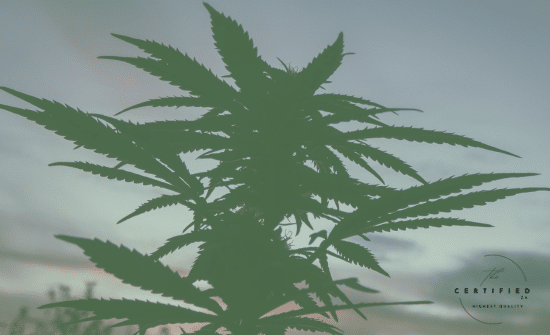
Key Considerations Before Committing to a Winter Grow
Whether you attempt a heavily protected outdoor setup or transition indoors, successful winter cultivation demands careful planning and management. Here are the critical factors:
- Variety Selection: This is paramount. Choose varieties known for their resilience to cold temperatures and resistance to mould and disease. Varieties with shorter flowering periods are also advantageous, as they finish faster, reducing the window of potential exposure to harsh conditions or the need for extremely long indoor cycles. Look for genetics specifically bred for climate resistance.
- Environment and Soil Preparation: Proper preparation is non-negotiable.
- Drainage: Cold, wet conditions can lead to waterlogged soil, a major killer of roots and a breeding ground for fungi. Ensure your pots or beds have excellent drainage. Adding materials like perlite or vermiculite to your soil mix can significantly help.
- Nutrients: Colder soil slows down the breakdown of organic matter, meaning nutrients are released more slowly. Using high-quality organic fertilizers and potentially supplementing with readily available nutrients like phosphorus and potassium (crucial for root and flower development) can help ensure your plants get what they need.
- Soil Temperature & pH: Aim to keep your soil temperature within a suitable range (avoiding freezing). Monitoring soil pH is also vital (6-7 is ideal for cannabis) to ensure efficient nutrient uptake, which is already challenged by the cold.
- Temperature Control: Maintaining the right air and soil temperature is essential. Aim for daytime temperatures between 18-26°C and slightly cooler nights (10-18°C) to mimic natural conditions without causing stress. Indoor growers will need reliable heating. Outdoor or greenhouse growers will need heating and possibly thermal insulation (blankets, poly sheeting) to protect against frost and temperature swings.
- Lighting: With significantly reduced natural light, especially for indoor grows, adequate artificial lighting is necessary. Understanding your plant’s light needs (vegetative vs. flowering) and using timers to provide the correct photoperiod is crucial for successful development.
- Watering: Cold conditions mean less evaporation from the soil. It is critical to water less frequently than you would in warmer months. Always check soil moisture before watering to avoid overwatering and waterlogging. Watering in the morning or afternoon allows excess moisture to evaporate before cooler nights settle in.
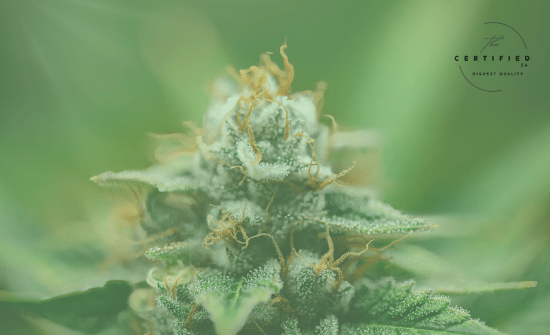
Winter Yields and What to Expect
While challenging, a successful winter grow can yield quality cannabis. Be prepared that yields might differ from your peak summer or perfectly controlled indoor cycles, especially if dealing with less-than-ideal conditions or cold stress. The final cannabinoid and terpene profiles could also be influenced by the colder environment, potentially resulting in unique characteristics, though possibly lower overall concentrations depending on the severity and timing of cold exposure.
The cannabis you cultivate this winter will still require the crucial post-harvest steps we’ve discussed, like drying and curing, to fully develop its flavour, aroma, and smoothness. And depending on the quality and type of product you yield, it could be destined for the world of extracts, transforming into potent and versatile concentrates.
Growing cannabis through winter is a demanding but rewarding endeavour. It requires meticulous planning, careful environmental control, and diligent plant care. By selecting the right varieties, preparing your growing space properly, and managing temperature, light, and watering effectively, you can successfully navigate the cold weather challenge. Consider the factors discussed, weigh the pros and cons of indoor versus outdoor, and decide if you’re ready to embrace the winter grow cycle.
With the right approach, impressive results are achievable, allowing you to continue harvesting your own quality cannabis, even when the world outside is facing the freeze.
